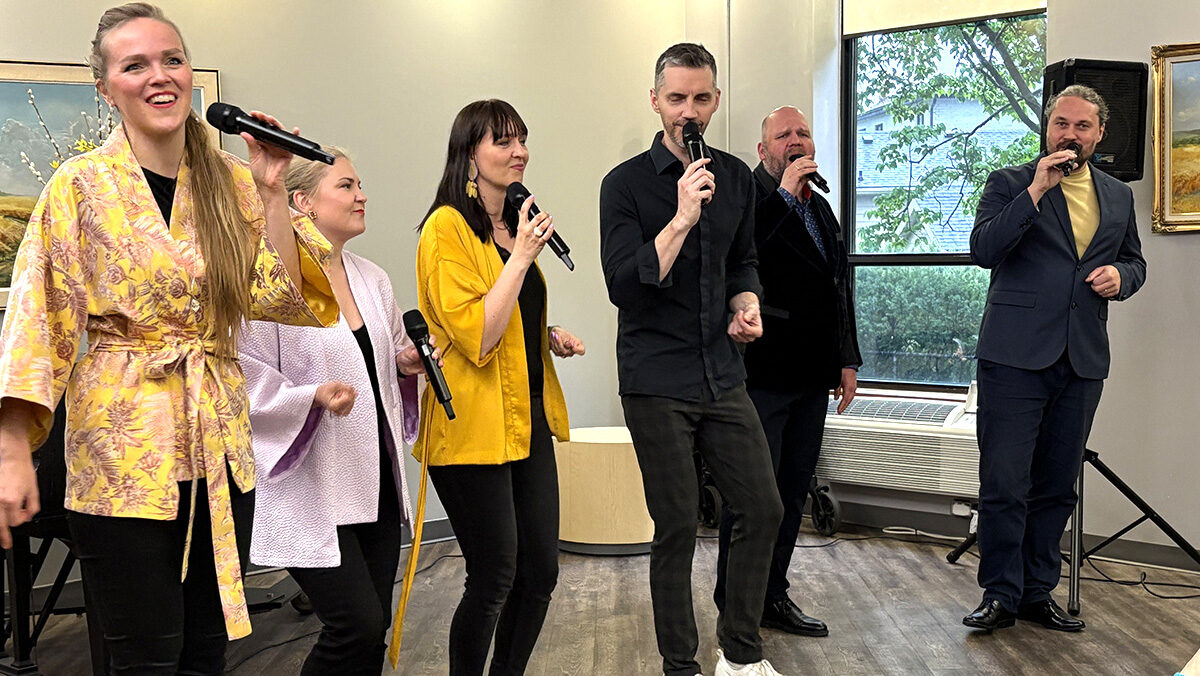Consider how, in the year 2020, at least half a dozen films about the Second World War alone hit the silver screen (or played on home TV screens at that). The Second World War happens to be the most thoroughly covered conflict in cinema, and with that quantity, new perspectives on the era have been uncovered: a pacifist who was awarded the Medal of Honor, Polish pilots during the Battle of Britain, and a boxer who ended up fighting in the ring while held in concentration camps.
Less documented is the First World War, with films tending to focus most of all on the heavy losses inflicted in the trenches of Western Europe. Nevertheless, cinema depiction of this war and surrounding conflicts began relatively soon, while the war was still going on in fact. By 1927, Estonia had a cinematic representation of their side of the story in the famous silent film Noored kotkad (The Young Eagles), directed by Theodor Luts.
The film depicts three young men—a blacksmith known as “Laansoo”, “Lepik” the farmer, and the law student “Tammekänd”—fighting during the Estonian War of Independence from 1918 to 1920. Not all of the volunteers come back in the end, but those who survive lay the foundations for the nation of Estonia.
Theodor Luts wrote the script of the film together with his wife Aksella and Theodor's brother, the author Oskar Luts. It would seem that Oskar's sense of humour rubbed off on the film, with a certain levity at moments in the film. Though the narrative concludes with a somber commemoration of fallen soldiers, it otherwise jumps between the hijinx of university students drinking and sailing, calls to arms, soldiers marching, and explosive battle scenes. There is also an absurd, almost slapstick-style fistfight, where punches are flying around rather ineffectively.
This is the odd thing about war films. Despite their deeper subject matter, they don't just inform, they can sometimes amuse. We can see how a film like this could appeal to an audience who had a recent experience of the war, being a satisfying release of tension. Luts personally fought in the Estonian War of Independence, providing the production with first-hand experience.
For an artist, this process is instinctual: an urge to take in events and convert them into something new, so that the artist and their audience can stand back and remark, “that is exactly how I felt!”
Contrastingly, Luts' 1932 film Päikese lapsed (Children of the Sun), which was the very first feature length film with sound made in Estonia, focuses much more on drama on an interpersonal level, rather than war. It tells the story of a painter named Arno, and the tumultuous love triangle between him, Margot, an upper-class lady he rescues, and his true love, Helja. This conflict does become somewhat resolved by the conclusion of the film, and there are a few jubilant party scenes, but this story has a palpable sense of sadness throughout. Depending on how a filmmaker structures their story, they can make it feel like determining right and wrong or the solution to pain is more complex in times of peace. When Helja feels betrayed by Arno, the audience languishes with her, watching as she dances eerily on a beach. The film is quite theatrical and non naturalistic in this regard, presenting a character's despair through dance.
Thus, films set in times of peace aren't necessarily brighter or more uplifting than war films. And war films with an air of lightness may serve as an antidote to the shock that follows a traumatic event.
You can view a short segment of Noored kotkad through Eesti filmiklassika online, and find the full DVD on sites like eBay. Because it was produced together with Suomi-Filmi Oy, Päikese lapsed can be viewed in its entirety through Finna, the online database maintained by the National Library of Finland.




